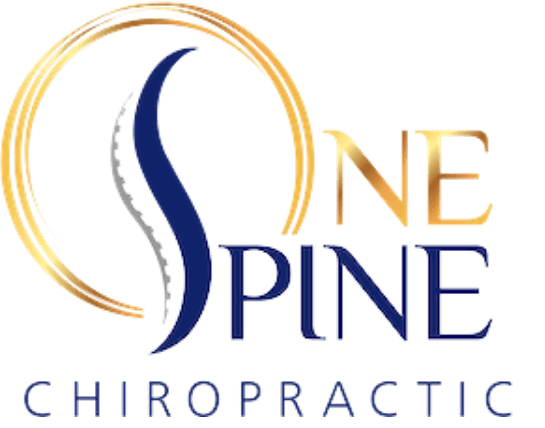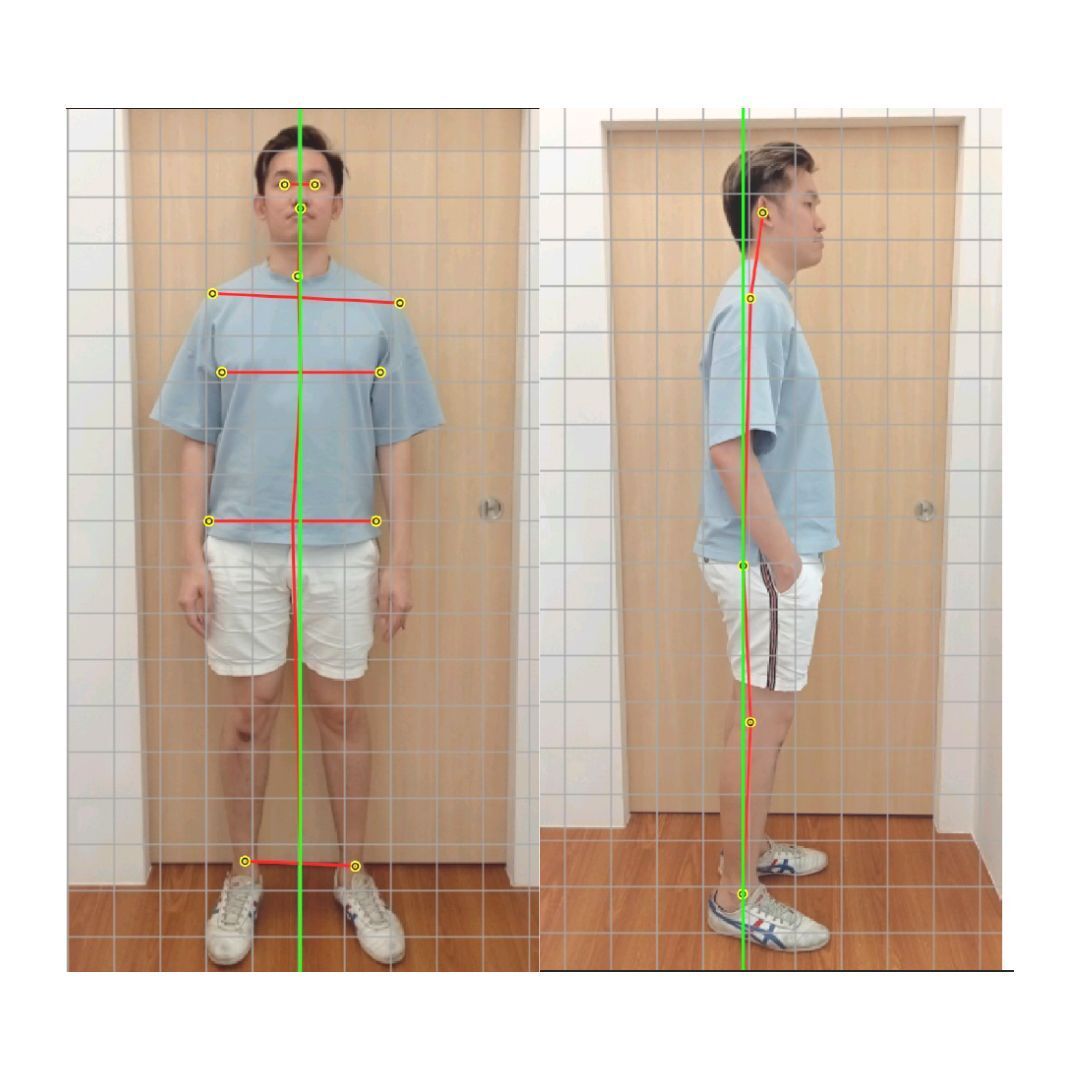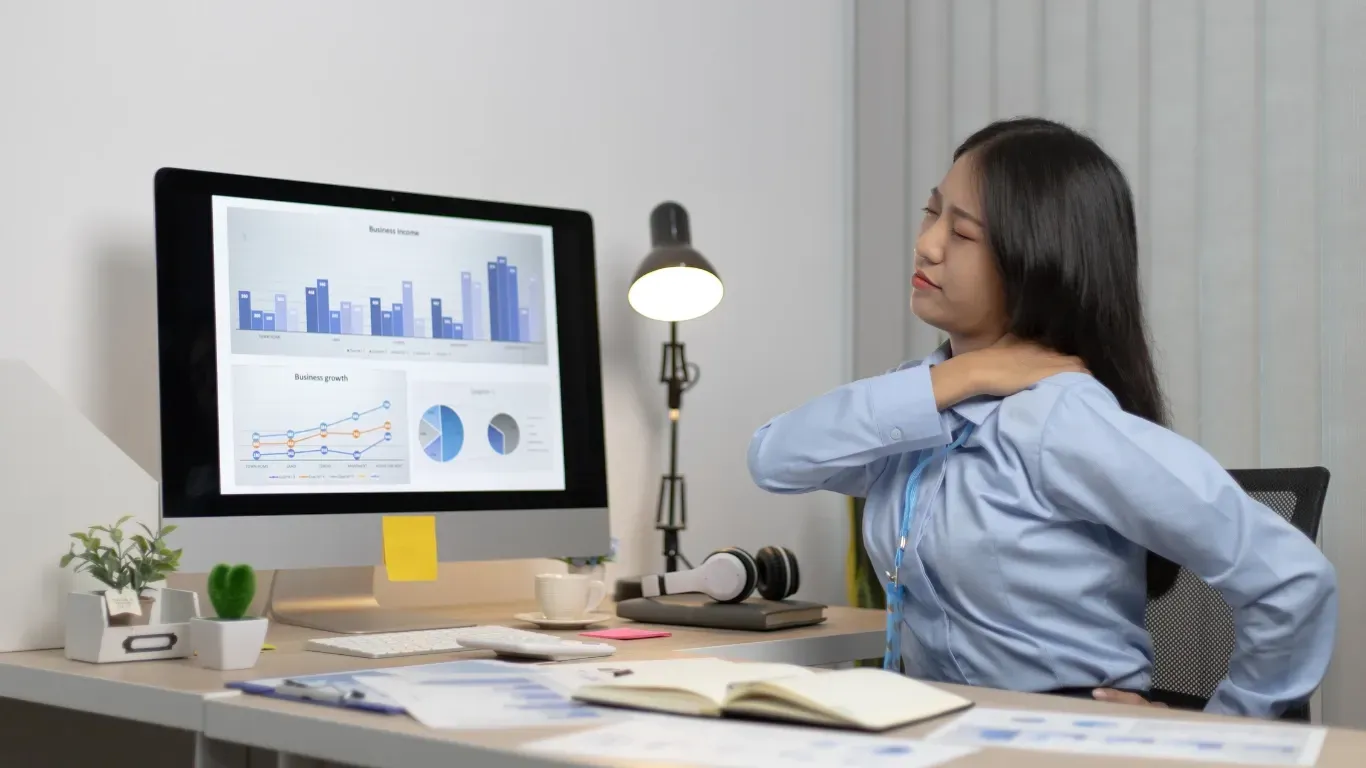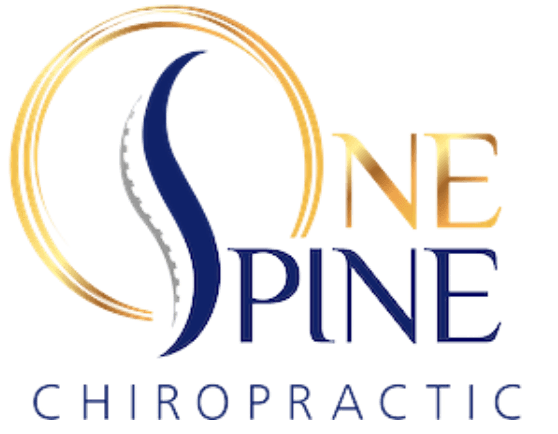Finding Relief: Best Shoes for Back Pain & Ones to Avoid
We've all been there, haven't we? That back pain that creeps up on us after a day spent in less-than-ideal footwear. It's quite bothering and entirely unnecessary – did you realise your trusty old trainers or those smart office shoes might be the culprits? Worry not, we're here to help and to guide you on healthy shoe choices.
Understanding Plantar Fasciitis and its Impact on Back Pain
Plantar fasciitis, characterised by strain on the band of tissue connecting the heel bone to the toes (plantar fascia), can lead to a weakened, swollen, and irritated condition. This often results in heel pain during standing or walking.
Prolonged standing, sudden increase in intensity or frequency of exercises such as walking or running, and unsupportive footwear may exacerbate the situation. The plantar fascia can also become tight and inflamed as part of a chain reaction that starts with tightness in the low back, hamstrings, calves and eventually the bottom of the foot.
Inversely plantar fasciitis can contribute to back discomfort. The inflammation and pain in the foot's tissue band may alter walking patterns, placing extra strain on back muscles. This altered gait, aimed at alleviating foot pain, can lead to discomfort and potential back issues.
Choosing footwear with adequate support is crucial for maintaining proper spine alignment and reducing the risk of both back pain and plantar fasciitis.

Everyday Shoes That Can Cause Back Pain
Tight-Fit Shoes, High Heels, Flip Flops, Inadequate Sneakers, and Ballet Flats are just a few examples of everyday shoes that can exacerbate back discomfort. Look out for shoes with poor arch support, little cushioning, or those that are just too rigid and do not move with your foot.
Tight-Fit Shoes
We've all squeezed into shoes that hug our feet a bit too closely. These tight-fit shoes might make us look good, but they are not friends to our backs. Shoes that will help avoid or recover from plantar fasciitis should give your toes space to move.
Squeezing into narrow footwear puts pressure on the front of your foot and can cause pain in the heel. This pain may extend up the leg and to your back.
Cramped toes lead to more than just sore feet after a long day. They disrupt our balance and walking style, which forces muscles in our legs and back to work harder. Stress from this imbalance contributes to back discomfort over time.
So it's key we wear shoes with a wide toe box, ensuring there’s enough room for natural movement and comfort.
High Heels
High heels may look stylish, but they often cause foot pain and back discomfort. These shoes push our toes forward, squeezing them into a tight space. This can make plantar fasciitis worse because it puts extra stress on the foot's arch.
Our feet are not meant to be in this position for long times. Wearing high heels can also harm our posture by tilting our bodies forward. We then over arch the lower back, shorten and tighten the calves and strain our muscles as the centre of gravity is moved forward.
We suggest choosing shoes with ample arch support and a more natural heel height to aid in managing plantar fasciitis pain. High heels with cushioned soles and a deep heel cup might reduce some risks, but lower heels are better for daily wear.
Supportive features like extra cushioning help protect your feet from the hard ground. Remember, finding a balance between fashion and health is key for happy feet and backs!
Flip Flops
Flip flops might seem perfect for quick trips or a day at the beach, but they're not so great for our backs. They offer little to no arch support and almost no heel stability.
This means our feet have to work harder to grip onto them as we walk.
We end up changing how we normally walk, which can lead to back pain over time. If we wear flip flops too often, this lack of support can make plantar fasciitis worse, leading to more pain in our heels and back. It's smart to choose footwear that keeps us comfortable all day long and supports our feet properly.
So while flip flops are okay once in a while, it's best not to make them everyday shoes if we want to keep back discomfort away.
Inadequate Sneakers
We often pick sneakers for comfort and style, not thinking they could hurt our backs. Sneakers that don't fit right or lack proper support can make plantar fasciitis worse.
This foot problem is a common reason why people feel pain in their heels and back.
Look for sneakers with good heel support to help stop this pain. They should have enough cushioning to absorb shock when you walk or run. If the soles are too hard, they won't give your feet the protection they need.
Even running shoes might be bad if they don't support your arch well. It's smart to choose footwear that helps keep your steps stable and keeps plantar fasciitis at bay.
Ballet Flats
Ballet Flats might look lovely and feel light on our feet, but they're not always a friend to our backs. These shoes often lack the supportive arch and cushioning needed to protect us from back pain.
Wearing them too much can lead to trouble. They usually have thin soles that don't absorb shock well when we walk on hard surfaces. This means all that force goes straight up into our legs and back.
Our advice is simple: be careful choosing ballet flats for everyday wear, especially if you already struggle with plantar fasciitis or back discomfort. Look for pairs with at least some support and soft cushioning to keep your feet happy.
It's worth spending a bit more on better-quality flats that look after your health while still keeping your style sharp.
Choosing the Right Shoes for Plantar Fasciitis and Back Pain
- Proper Arch Support: Ensure the shoes offer adequate arch support to prevent straining the plantar fascia, reducing the risk of back pain.
- Sufficient Cushioning: Look for shoes with ample cushioning to absorb shock, providing added comfort and minimizing stress on the feet and back during walking or standing.
- Flexible Soles: Look for shoes with flexible soles that offer shock absorption, promoting natural movement and helping prevent exacerbation of plantar fasciitis, ultimately reducing the likelihood of back pain.
- Sufficient Toe Space: Look for shoes with enough room for your toes to avoid constriction, enhancing overall comfort and preventing potential foot issues.
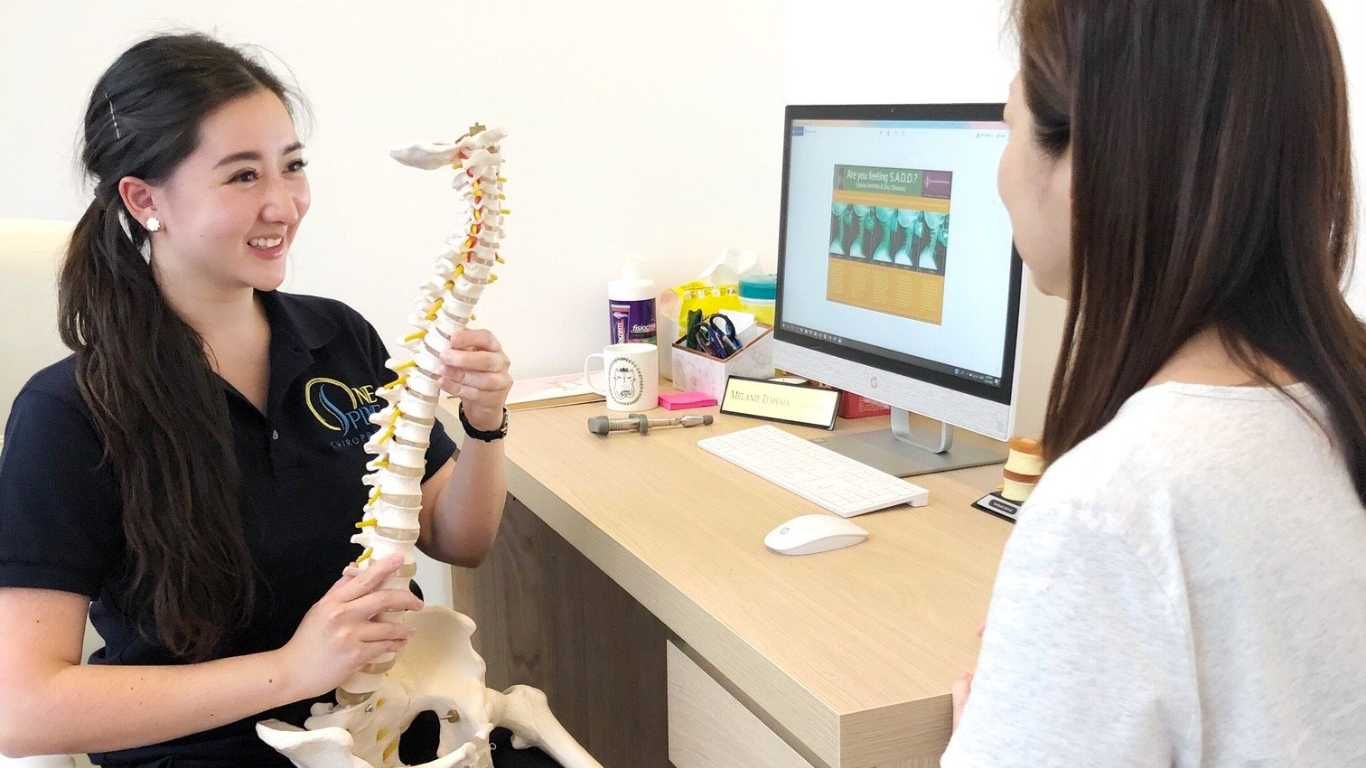
How chiropractors can help
Chiropractors can help relieve back discomfort caused by wearing improper shoes. They focus on aligning the spine and relieving pressure on joints, muscles and nerves, which can restore normal function to the back and leg muscles allowing less pressure on the plantar fasciitis.
Using techniques like spinal adjustments, chiropractic adjustments on the legs and feet, as well as decompression, chiropractors aim to improve overall body function and alleviate discomfort associated with plantar fasciitis and back pain.
Chiropractic care also involves providing advice on posture, exercise, and lifestyle changes that can help prevent or manage back pain related to wearing unsuitable shoes. It's essential to consider consulting a chiropractor as part of a holistic approach to addressing back discomfort caused by footwear choices.
Conclusion
In conclusion, selecting the right shoes is crucial for preventing back discomfort caused by plantar fasciitis. Pay attention to supportive features like cushioning and arch support when buying everyday shoes. Avoid tight-fit shoes, high heels, flip flops, and inadequate sneakers, as they can exacerbate back pain.
For a holistic approach to addressing back discomfort caused by footwear choices, consider consulting a chiropractor. At One Spine Chiropractic Singapore, we specialise in aligning the spine, relieving pressure on nerves, and providing guidance on posture, exercise, and lifestyle changes.
Book An Appointment Now
Ready to Prioritise Your Wellbeing?
Take action now for natural movement, comfort, and a pain-free back.
Book an appointment with our experienced chiropractor today!
